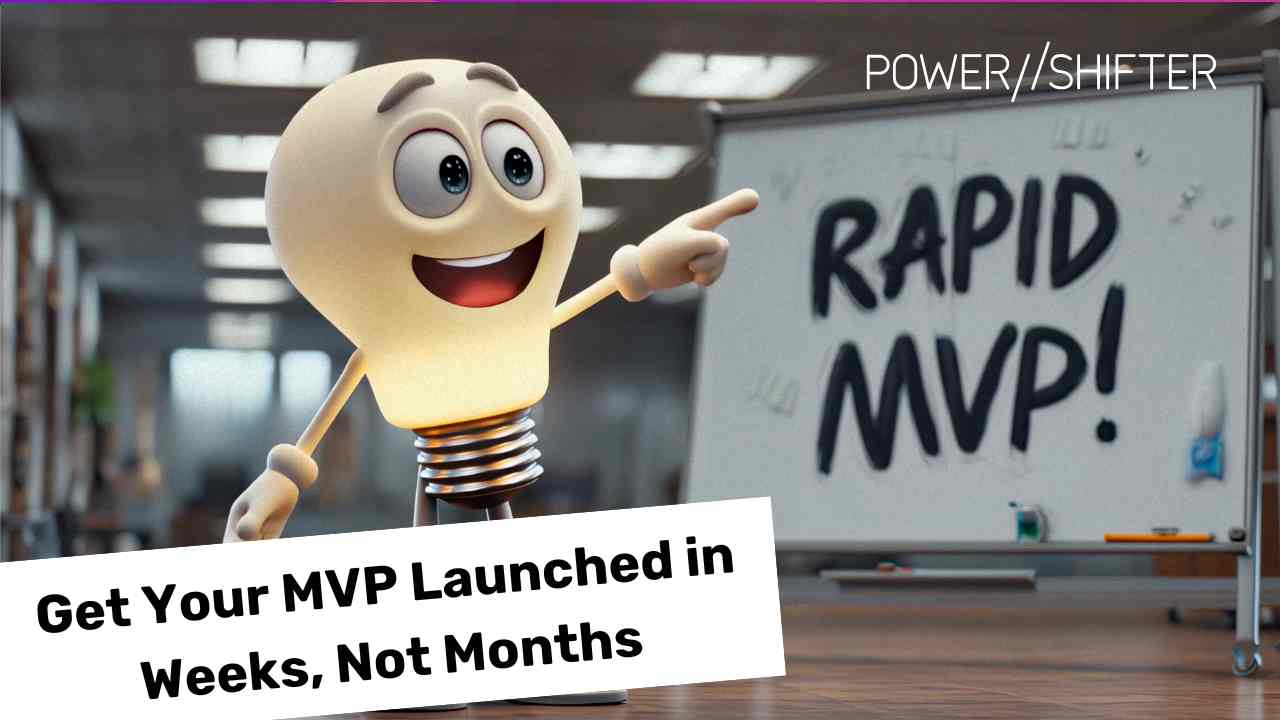Enhancingancing User Experience with Headless CMS
In the digital age, user experience (UX) is a critical factor that can make or break your online presence. A seamless, personalized, and engaging user experience not only attracts visitors but also keeps them coming back. As businesses increasingly turn to headless CMS platforms like Contentful and Sanity, the potential to enhance UX across various channels has grown significantly.
In this post, we’ll explore how to leverage a headless CMS to deliver superior user experiences, ensuring that your content resonates with your audience no matter where they engage with it.
The Role of Headless CMS in User Experience
A headless CMS decouples content management from the frontend, allowing content to be delivered across multiple platforms and devices. This flexibility is key to creating a consistent and personalized user experience. Unlike traditional CMS platforms, which often tie content to specific presentation layers, a headless CMS enables you to tailor content delivery to the unique needs of each user, device, and context.
Best Practices for Enhancing UX with Headless CMS
1. Focus on Personalization: Personalization is one of the most effective ways to enhance UX. By leveraging the flexibility of a headless CMS, you can deliver content that is tailored to the individual needs and preferences of each user. Use data such as browsing history, location, and behavior to customize content in real-time. For example, with Contentful’s dynamic content capabilities, you can serve different content variations based on user segments, ensuring that each visitor sees the most relevant information.
2. Optimize for Speed and Performance: In today’s fast-paced digital world, speed is crucial. Slow load times can frustrate users and lead to higher bounce rates. A headless CMS allows you to optimize content delivery for performance by leveraging modern frontend frameworks and Content Delivery Networks (CDNs). By minimizing the time it takes to load content, you create a smoother, more enjoyable user experience. Tools like Sanity’s real-time content updates ensure that users always receive the most up-to-date content without delay.
3. Ensure Consistency Across Platforms: One of the primary benefits of a headless CMS is the ability to maintain consistency across multiple platforms. Whether your users are accessing your content on a website, mobile app, or smart device, a headless CMS ensures that the experience is consistent. This consistency builds trust and reinforces your brand identity. Implement a design system that can be applied across all platforms, and use the CMS to manage content centrally, so it’s easy to maintain uniformity.
4. Leverage Omnichannel Content Delivery: Today’s users interact with brands across various channels—from websites and mobile apps to social media and digital kiosks. A headless CMS enables omnichannel content delivery, allowing you to meet users wherever they are. By delivering a cohesive experience across all touchpoints, you create a seamless journey for your users, making it easier for them to engage with your content. Contentful’s API-first approach makes it simple to deliver content to any platform, while Sanity’s structured content model allows for flexible and consistent content delivery.
5. Utilize A/B Testing for Continuous Improvement: User preferences and behaviors can change over time, so it’s important to continually test and refine your content strategies. A/B testing allows you to experiment with different content variations and determine which versions perform best with your audience. By integrating A/B testing tools with your headless CMS, you can make data-driven decisions that enhance UX. This iterative approach ensures that your content remains relevant and effective.
6. Prioritize Accessibility: Accessibility is a crucial aspect of UX that should not be overlooked. A headless CMS provides the flexibility needed to ensure that your content is accessible to all users, including those with disabilities. Use semantic HTML, ARIA labels, and other accessibility best practices to create content that can be easily navigated and understood by everyone. Additionally, ensure that your content is optimized for assistive technologies, such as screen readers, to make your site inclusive to all.
Real-World Example: Enhancing UX with Contentful and Sanity
Both Contentful and Sanity offer robust features that can significantly enhance UX. Contentful’s flexibility allows for the easy integration of personalization engines and A/B testing tools, making it simpler to tailor content to user preferences. Sanity’s real-time content editing and delivery capabilities ensure that users always experience the latest content without delay, enhancing both performance and engagement.
By leveraging the capabilities of these headless CMS platforms, you can create a user experience that is not only seamless and consistent but also deeply personalized and engaging.
Want to take your user experience to the next level? Download our free ebook for a comprehensive guide on enhancing UX with Contentful and Sanity.
<<Chapter 5: Collaborating Effectively in a Headless Environment
Chapter 7: Scaling Your Content Strategy with Headless CMS>>



















